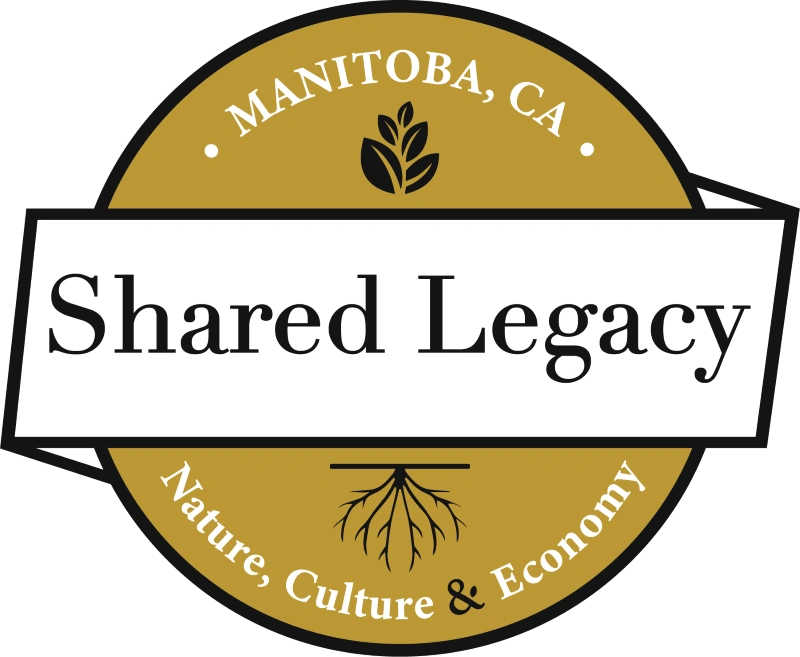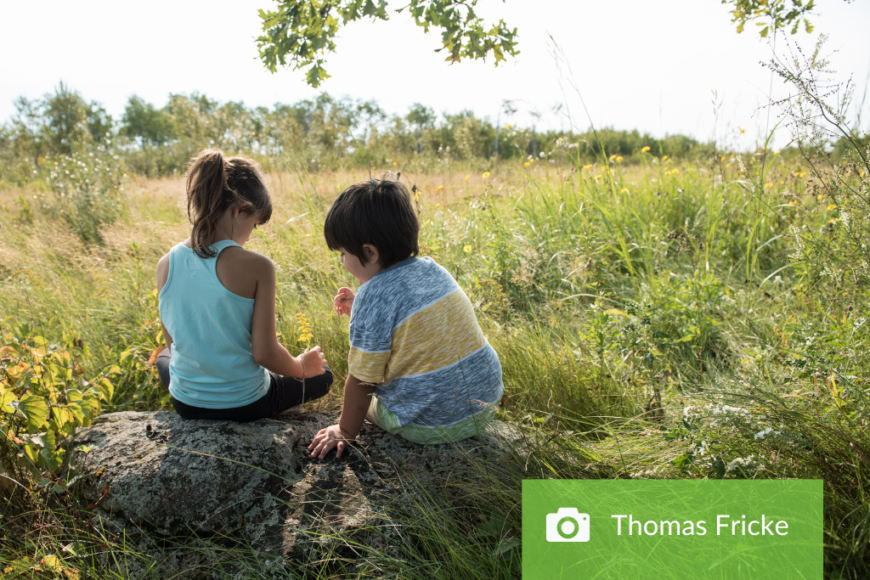News Release September 30, 2020 Winnipeg, Manitoba
Protecting nature is an essential part of addressing biodiversity loss and fighting climate change. Here in Canada and around the world, we need transformative action to protect our natural environment now and into the future.
Today, the Member of Parliament for Winnipeg South and Parliamentary Secretary to the Minister of Environment and Climate Change, Terry Duguid, on behalf of the Minister of Environment and Climate Change, the Honourable Jonathan Wilkinson, announced that the Government of Canada has invested $1.9 million over four years in the Nature Conservancy of Canada to conserve species at risk within Manitoba’s endangered tall-grass prairie region. Located in southeastern Manitoba, this area covers 445,628 hectares and supports some of the largest and last remaining tall-grass prairie and associated shallow wetlands, and forest ecosystems in Canada.
This funding, provided through the Canada Nature Fund’s Community-Nominated Priority Places for Species at Risk Program, enables partners to advance the conservation of habitat vital to the survival of 26 listed Canadian species at risk, such as the Monarch butterfly, the globally rare Poweshiek Skipperling butterfly, and the Western Prairie Fringed Orchid.
The project, led by the Nature Conservancy of Canada, will aim to improve habitat, reduce threats to species at risk, and engage community members who have cared for these habitats for generations. The Tall Grass Prairie Natural Area represents one of the largest and last remaining tall-grass prairie landscapes in North America. It forms the northern end of an international conservation corridor comprised of protected and managed prairies, wetlands, forests and streams within a working landscape that includes conservation, agriculture and eco-tourism.
Quotes
“Conserving habitat for 26 species at risk—including the Monarch butterfly—is a necessary step to support the survival of these iconic species, while protecting nature and fighting climate change. This on-the-ground work led by the Nature Conservancy of Canada showcases what can be achieved for Canada’s biodiversity through collaboration. By working together with local communities, we are working towards Canada’s goal of protecting a quarter of our lands and a quarter of our oceans by 2025.”
– Terry Duguid, Member of Parliament for Winnipeg South and Parliamentary Secretary to the Minister of Environment and Climate Change
“On behalf of the Nature Conservancy of Canada and our partners, we’re grateful for Environment and Climate Change Canada’s support of a multi-partner, landscape-scale conservation approach that honours and incorporates the inclusion of people, economy and agriculture as integral to the successful conservation of species at risk in an endangered prairie landscape.”
– Kevin Teneycke, Regional Vice President, Nature Conservancy of Canada, Manitoba Region
Quick facts
- The Tall Grass Prairie Natural Area supports over 100 provincially rare or uncommon species, 20 nationally rare or uncommon species and eight globally rare or uncommon plant communities. Several rivers and streams wind through the area, providing important habitat for over 50 species of fish and several molluscan species. Large mammals such as elk and wolves still roam across the landscape.
- The first year of the project has seen an increase in the monitoring of many species at risk, hundreds of acres of habitat restoration, expanded grazing management with local producers, and the launch of an ongoing joint community relations plan bringing partners together and increasing awareness, understanding and engagement as it relates to species at risk conservation.
- The Assiniboine Park Conservancy released critically endangered Poweshiek Skipperling butterflies. In addition, the team successfully bred the tiny butterflies on-site at the Assiniboine Park Zoo. This has never been done before and is a critical development in the effort to save the species from extinction.
- Project partners include local landowners and residents, Assiniboine Park Conservancy, Manitoba Agriculture and Resource Development, Seine Rat Roseau Watershed District, the Vita Cross-Border Elk Monitoring Partnership, Birds Canada, and the Rural Municipality of Stuartburn including Sunrise Corner Tourism, Nature Manitoba, and the Manitoba Habitat Heritage Corporation.
- Through Budget 2018, the Government announced $1.35 billion for the Nature Legacy initiative. This amount represents the largest investment in nature conservation in Canadian history.
- The Canada Nature Fund’s Community-Nominated Priority Places for Species at Risk Program is a $15.6-million, four-year funding initiative administered by Environment and Climate Change Canada to support community-led projects that protect and conserve species at risk.

